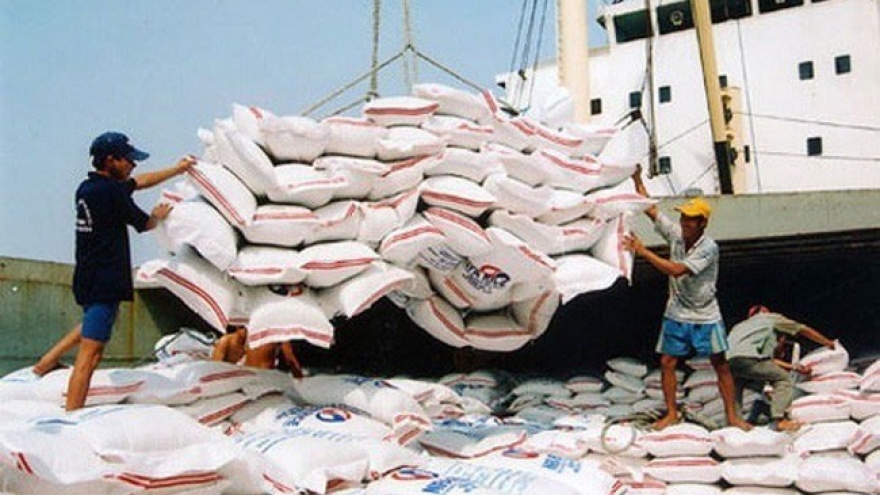SOE equitisation in need of faster pace and better quality
The equitisation of state-owned enterprises (SOE) requires appropriate measures and prudent implementation in order to meet the set requirements and remain on schedule.
 |
|
Workers at a garment factory in Bac Giang province |
Becamex IDC is a prime example. In December 2017, the results of the IPO, which had earlier received strong interest from investors, failed to meet expectations as only 6% of more than 311 million shares offered were sold. Experts said that such a dismal performance came as a result of the equitisation plan, in which the state would still retain a 51% stake.
In addition, at the end of 2016, the company’s debt accounted for more than 75% of its total assets, while the owner’s equity made up less than 25%.
A recent study by the Central Institute of Economic Management (CIEM) pointed out that besides profits, strategic investors are also concerned about risks when investing in SOEs, including debts and other financial obligations, poor governance, a low-spirited workforce and a lack of support and cooperation with strategic investors.
CIEM Director Nguyen Dinh Cung stated that capital use, total debt, bank loans and high capital tie-up indicate that many SOES are in an unhealthy state. The loss of many SOEs has become a public concern and a reason why many strategic investors are unwilling to pour money into equitised SOEs.
Furthermore, the evaluation of SOEs should be closer to market value and loopholes that can be exploited by interest groups should be tightened.
It is a fact that the SOE equitisation process remains unattractive because of the limitations on foreign ownership, inadequate information, a lack of transparency and unrealistic evaluations.
Enhancing equitisation quality
Enhancing the efficiency and quality of the SOE equitisation process requires a consensus on awareness and action of both the Government and enterprises.
According to deputy head of the National Assembly’s Economic Committee Nguyen Duc Kien, ministries, agencies, sectors and enterprises should frequently exchange information and listen to the opinions of investors, and consult with domestic and foreign experts to discover solutions in order to attract greater attention from investors, especially foreign strategic investors.
The Government should consider abolishing legal hurdles for foreign investors, as well as eliminating group interests and increasing transparency in the SOE equitisation process.
One of the largest obstacles to the equitisation is SOE evaluation. According to State Auditor General Ho Duc Phoc, the legal documents concerning enterprise evaluation have many flaws in terms of land use rights, brand value, the selection of evaluation firms and determining the market value of SOEs’ assets.
Therefore, it is necessary to use auditing tools to accurately determine the value of SOES and deal with financial problems before announcing their values, especially large SOEs operating in special sectors.
The case of the Vietnam Feature Film Studio equitisation shows that, for a long time, the value of land and other advantages is not fully counted into the value of SOEs. That is why many are interested in loss-making SOEs, not because of their brands but because they are managing lucrative plots of land.
As a result, the Ministry of Finance has recently advised the Government to stipulate the incorporation of the value of land use rights, brands and business advantages.
The main reason that makes SOE equitisation less attractive to strategic investors is the limitation on foreign ownership in a number of industries. Therefore, experts have advised that the Government should consider relaxing the rules to permit foreign strategic investors to hold dominant stakes in industries that do not directly affect national security and sovereignty.
With the Government’s bold actions in fine-tuning the legal framework and addressing difficulties, the SOE equitisation process is expected to be accelerated and achieve better quality.



